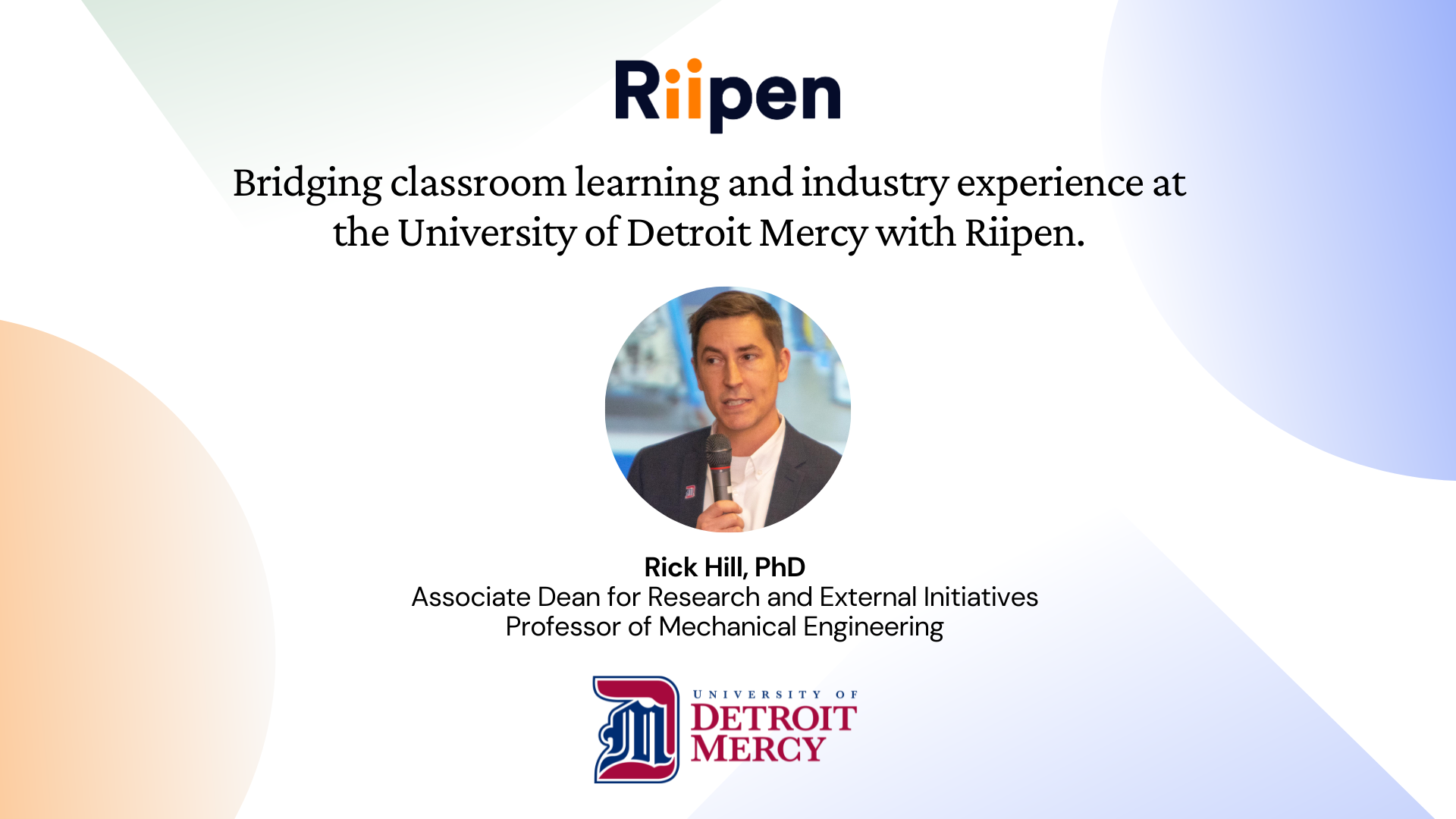Experiential learning: Shaping the future of work

According to PwC’s report, Talent Trends 2019: Upskilling for a Digital World, 79% of global CEOs are “extremely” or “somewhat” concerned about the availability of the right capabilities. The world of work is changing drastically and the demands of the workplace no longer match the skill sets of new graduates. We need to adapt to these changes or students may find themselves out of touch with potential employers. Experiential learning is not a new practice, but it is becoming increasingly important to implement and here is why.
The changing world of work
We’ve all heard of the struggle after graduation where getting that first job is near impossible without experience, but there is no way to gain experience if no one will hire you. This disconnect between skills required for a job and skills a person possesses is known as the skills gap. In 2019, Wiley Education Services and Future Workplace published a report titled Closing the Skills Gap. The report surveyed 600 human resource leaders about their hiring practices, barriers to identifying qualified candidates, and challenges that limit talent development.
The study found that 64% of people surveyed believed there was a skills gap which is a 12% increase from the 2018 survey. When asked what the top barriers were to filling open positions, 31% responded that employers lacked the skilled talent to take on more responsibility and 30% stated they simply can’t find enough qualified candidates. More than half of employers, 54% to be exact, don’t believe higher education is preparing students for the workforce.
So what can be done? One way to bridge the gap is experiential learning through collaborations between companies and higher education institutions.
What is experiential learning?
What exactly is experiential learning? In short, experiential learning is learning by doing. It can take many forms, but it is providing students with an opportunity to be actively engaged in their learning and not just passive recipients of information.
Simon Fraser University defines experiential learning as “the strategic, active engagement of students in opportunities to learn through doing, and reflection on those activities, which empowers them to apply their theoretical knowledge to practical endeavours in a multitude of settings inside and outside the classroom”
Benefits of experiential learning
Experiential learning brings with it a wealth of benefits for everyone involved from professors and students to companies. Here are some of the key benefits that result from experiential learning:

Case Study - Mohawk College x Thinkr Branding Agency
The following case study demonstrates an example of experiential learning through a collaboration between Mohawk College and Thinkr, Hamilton’s largest and oldest-standing advertising agency.
Thinkr, formerly known as Albanese Branding, was partnered with students from a Mohawk College Media Creative Services Class. The students got the opportunity to act as creative consults. Their task was to research the organization, industry, and competitive landscape to provide effective recommendations for a social media strategy.
Students were able to work with a real agency and gain feedback on their work, see what a real career in advertising may be like, and apply classroom learning to a real-life situation. Students were even supported by the agency’s Digital Services Manager and Account Director throughout the project. Thinkr spoke very highly of their experience and even went on to interview students from the class for a summer position.
How to get started
Collaborations and experiential learning is great, but where do you start? The Wiley Education Services and Future Workplace 2019 Closing the Skills Gap report asked employers to identify barriers to collaboration. 18% responded there was a lack of budget, 13% were unsure how to collaborate, and 9% stated they had weak relationships with school officials.
The collaboration between Mohawk College and Thinkr was facilitated by Riipen, North America’s largest marketplace for project-based experiential learning. Riipen makes it easy for higher education institutions and industry partners to collaborate on short-term project-based engagements embedded directly into the existing curriculum of students. To date, Riipen has enabled 40,000 students at 150+ post-secondary institutions to partake in 1.5 million hours of applied learning with 5,000 companies.
To learn more about Riipen and how to get started with experiential learning, visit our website or click here to connect with a team member. Also keep up with Riipen on Twitter, Linkedin, Instagram, and Facebook.

About the author:
Michelle Wong is a Toronto-based marketing and communications professional leading content marketing efforts at Riipen. She is a technology, social media, and marketing enthusiast with a passion for making connections and building community. She is an advocate for personal development and can often be found searching for new music, binge watching K-Dramas, or reading a good book.








.png)


.png)


















.png)







